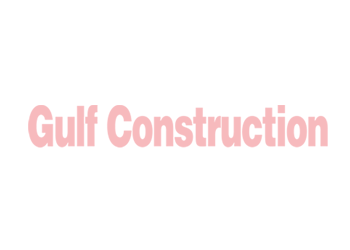
 The remaining 18 stations on the Red Line will be completed before the end of this month.
The remaining 18 stations on the Red Line will be completed before the end of this month.
WORK on the remaining 18 stations on the Red Line of the Dubai Metro project is expected to be completed before the end of this month. This follows the momentous milestone in Dubai’s history when the first section of the Red Line, covering 10 stations, was inaugurated at 9:09:09 pm on September 9, 2009, by the Ruler of Dubai Sheikh Mohammed bin Rashid Al Maktoum.
The project is being built by Dubai Rail Link (DURL) consortium under a design-and-build contract awarded in 2005.
The Dubai Metro comprising two lines – the Red and Green lines – is considered the longest driverless metro undertaken as a single project in the world. The Red Line, between Al Rashidiya and the Jebel Ali Free Zone, extends 52 km and includes 29 stations (four underground stations and 25 elevated stations, two of which are at Dubai International Airport) with an underground track stretching 5 km. Ten stations of the Red Line opened last September while the 11th – the Burj Khalifa station – was opened in January to coincide with the inauguration of the tower.
The Green Line extends 22 km, from Al Qusais 2 to Al Jaddaf, and links 18 stations – 12 elevated and six underground – and has an underground track stretching 10 km.
 |
Says Roads and Transport Authority’s (RTA) chairman of the board and executive director Mattar Al Tayer: “The operation of Red Line stations will be in phases starting April 25, when several key stations will be operational. These include the Emirates, Airport Terminal One, GGICO, Al Karama, World Trade Centre, Marina and Ibn Battuta stations. The remaining 11 stations will become operational over the following months of 2010.”
All works on the stations on the Green Line will be completed in August 2011, he adds.
According to Tayer, the stations set to operational as from April 25 were selected based on several criteria such as population density, and commercial and government activities in the vicinity of each station, the station integration with other transport modes such as buses and water transport means, and the projected number of commuters at each station.
 |
Following the recent slowdown in work on site, the RTA has agreed with the DURL consortium to prioritise the outstanding works of the project.
“RTA will provide the biggest portion of cash injections out of its budget allocated by the Dubai Government to cover the cost of the additional works on the Red and Green lines, add new stations to meet the needs of property development projects, add a depot to accommodate the resultant increase in the capacity, and increase the number of footbridges linking with the metro stations to enable the public use the metro easily,” he states.
Stations
Dubai Metro comprises a variety of stations, designated as at-grade (G), elevated Type One, Type Two and Type Three (T1, T2 and T3, respectively), underground stations (U) and underground transfer station types (UT). Type One is the regular at-grade concourse station, Type Two will be a regular elevated concourse station, and Type Three will be an elevated special track station with an extra track to hold a non-operational train. Underground transfer stations will accommodate both the Red and Green lines for easy transfers.
 |
Once both lines open, the Dubai Metro will claim the title of longest automated metro network from the Vancouver Skytrain, surpassing it by 3 km.
The design-and-build contract worth Dh12.45 billion ($3.39 billion) was awarded to DURL in May 2005. A second phase contract was subsequently signed in July 2006 and included extensions to the initial routes.
The construction cost of the Dubai Metro project has increased by about 80 per cent from the original Dh15.5 billion ($4.22 billion) to Dh28 billion ($7.63 billion) – an increase attributed to the major changes in the scope and design of the project.
Commenting on the challenges faced while executing the project, Al Tayer says: “The Dubai Metro project was confronted with several challenges such as the integrating various mass transport systems in the emirate, reviewing the important project details, tackling technical issues such as tunnel ventilation, taking strategic decisions such as the phased opening of the Red Line stations, a commitment to open the project on time (09.09.09), cooperating with various stakeholders of the project, and dealing with engineers and workers of almost 200 nationalities.
“The leadership team coped with these challenges out of its commitment to carry out the directives of Sheikh Mohammed bin Rashid Al Maktoum, which were communicated to all personnel working in the project – be it employees of the RTA or employees of the consortium constructing the project. It was impressed upon all personnel that the decision of opening the Dubai Metro at the time preset at the signing of the contract in 2005 is an irreversible one and everyone has to work accordingly.
“RTA succeeded in mobilising all potentials and resources of all affiliated agencies and sectors to ensure the project’s delivery on time.”
Meanwhile, Dubai-based interiors contractor Depa says that its joint venture Lindner Depa Interiors is executing fit-out works at 11 stations of the Green Line under a Dh245 million ($66.76 million) contract. Work is expected to be completed in the fourth quarter of this year. This is the joint venture’s second metro contract, having been awarded the works for the complete fit-out of 13 of the Red Line stations in April 2008.
The company’s scope of work involves the fit-out of ceilings, wall cladding and glass works, using materials and images to simulate three of the themes of the Green Line stations – which are fire, water and heritage.



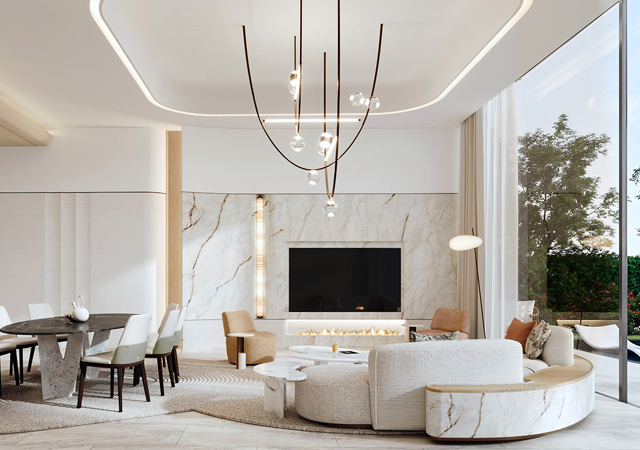
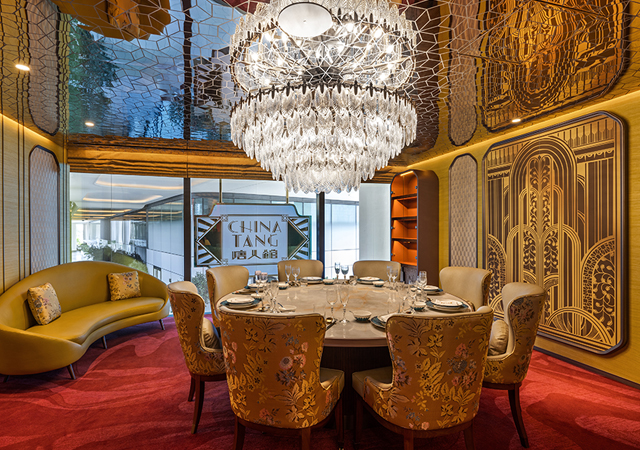
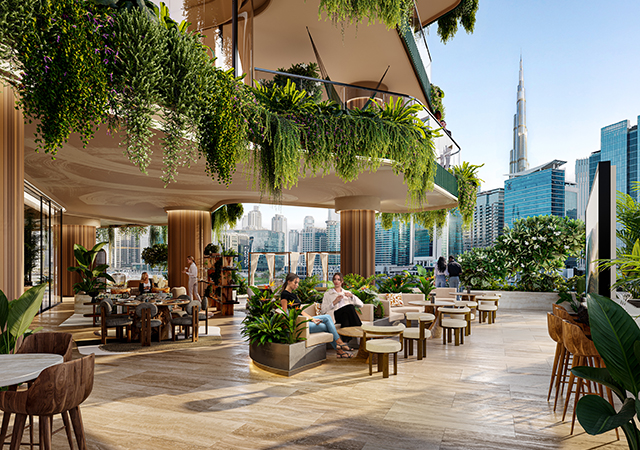
.jpg)
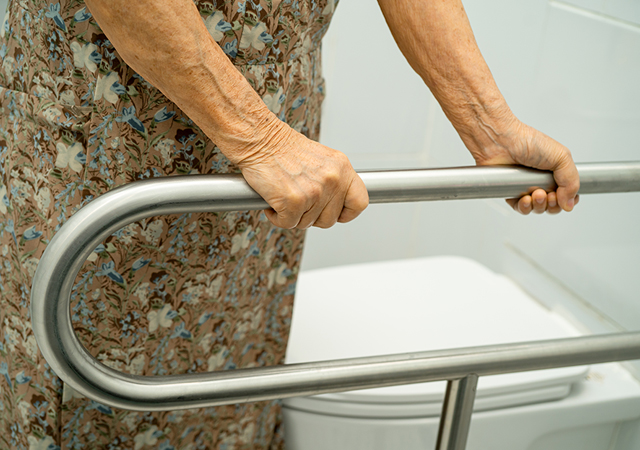

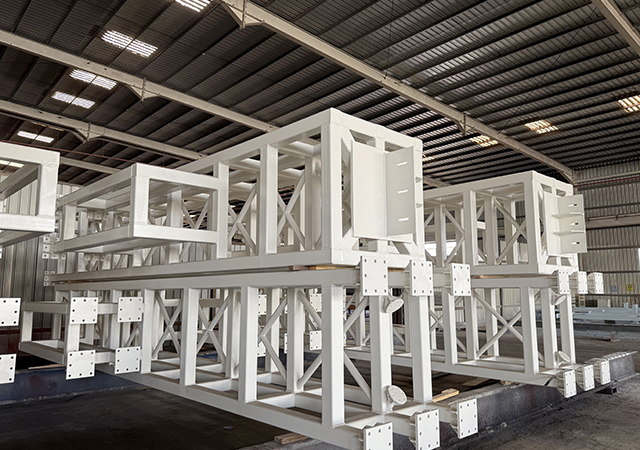
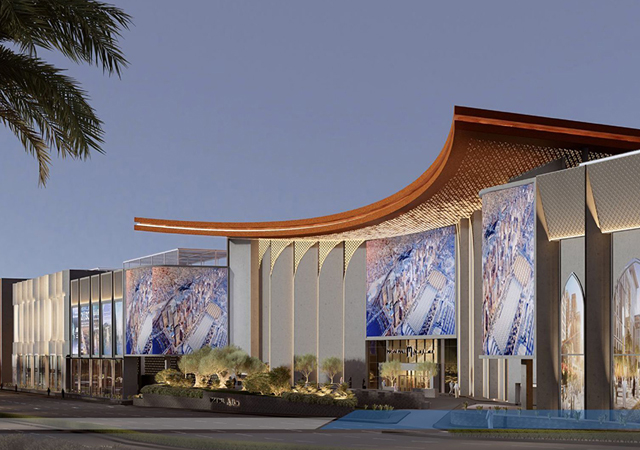
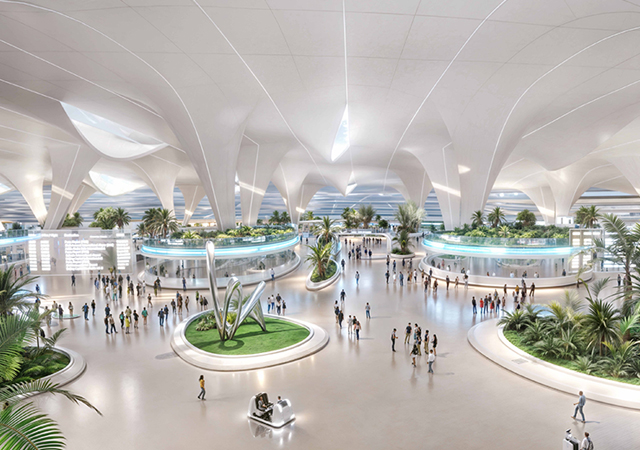

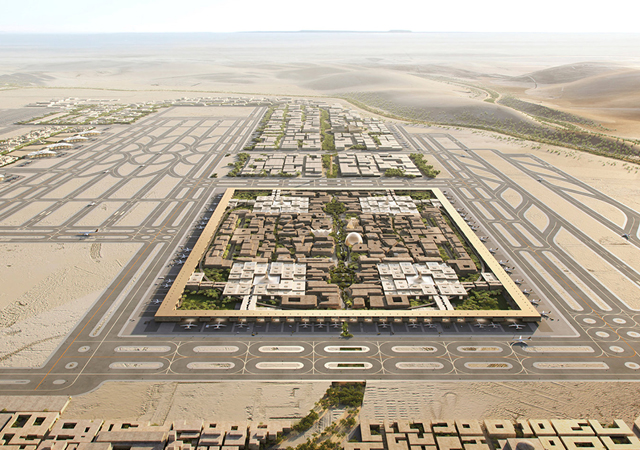
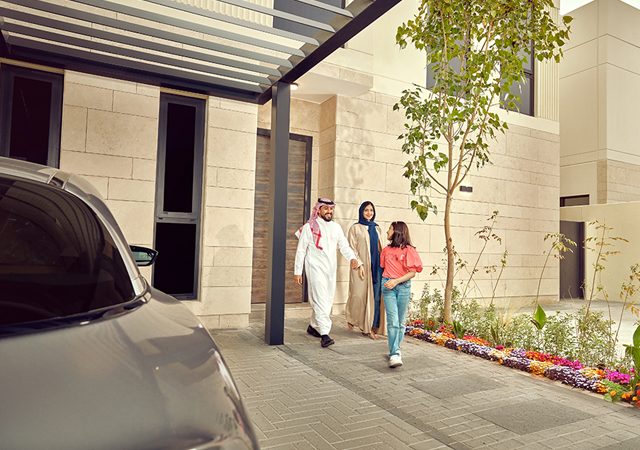
.jpg)
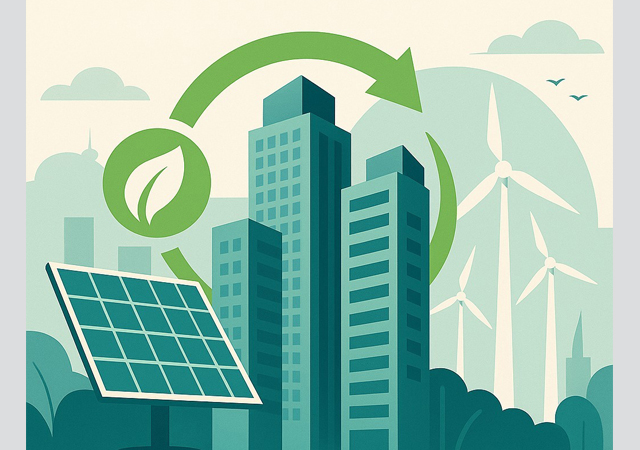
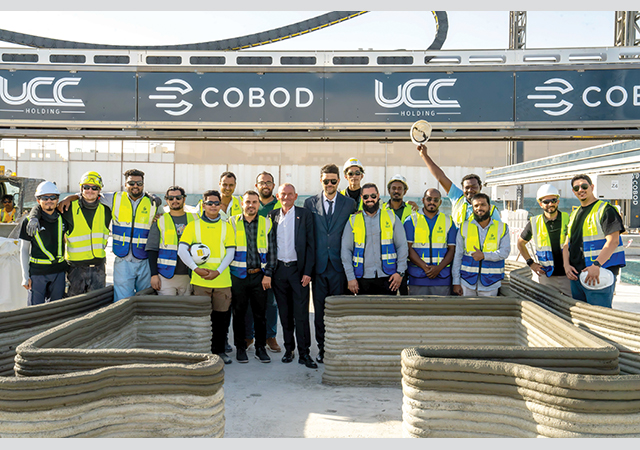
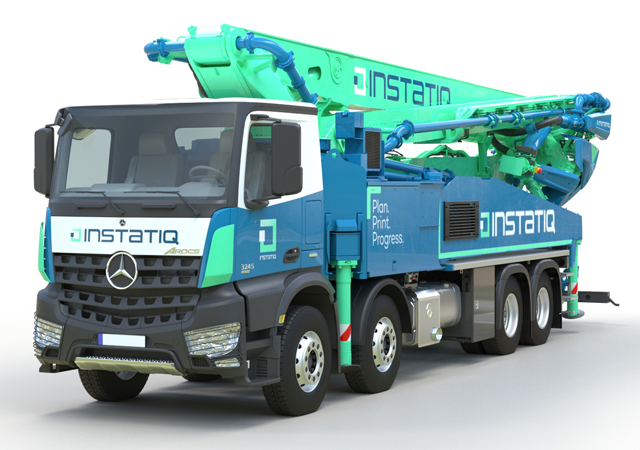
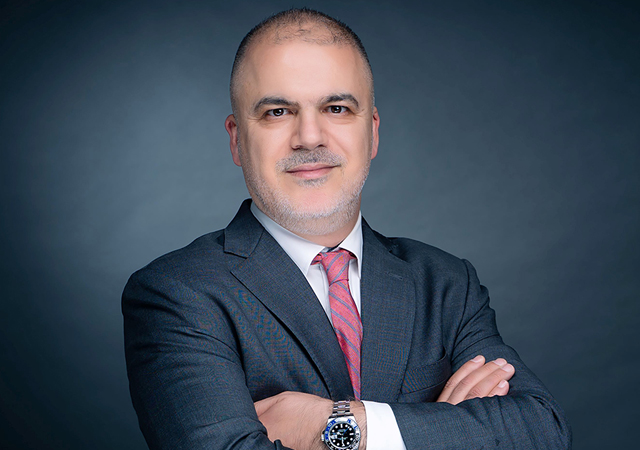
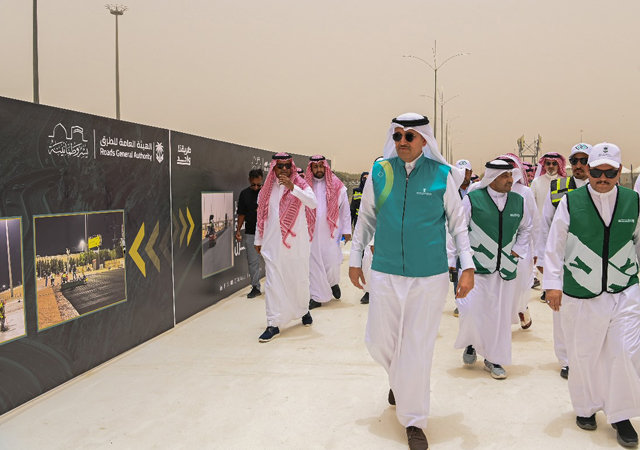
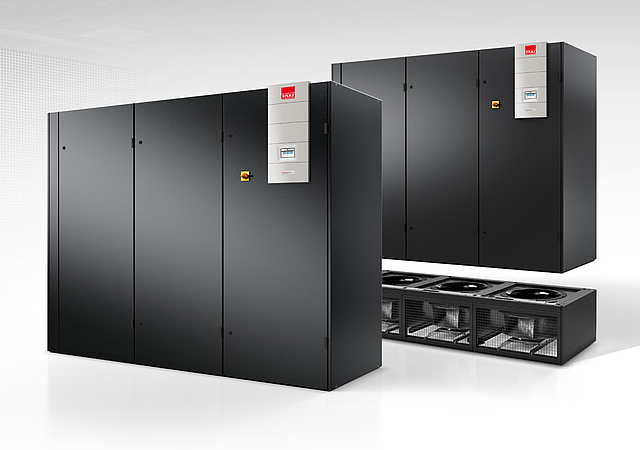
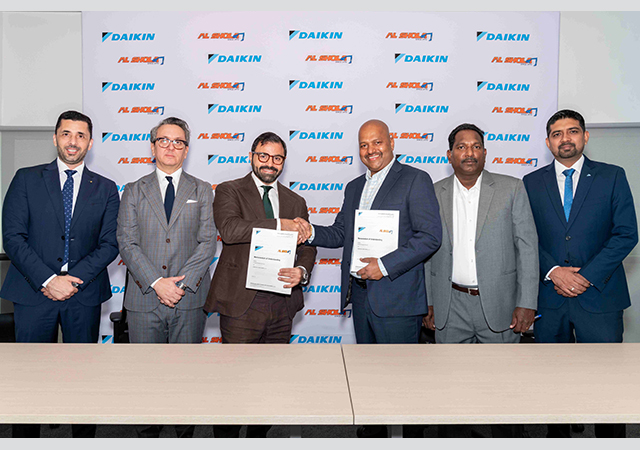
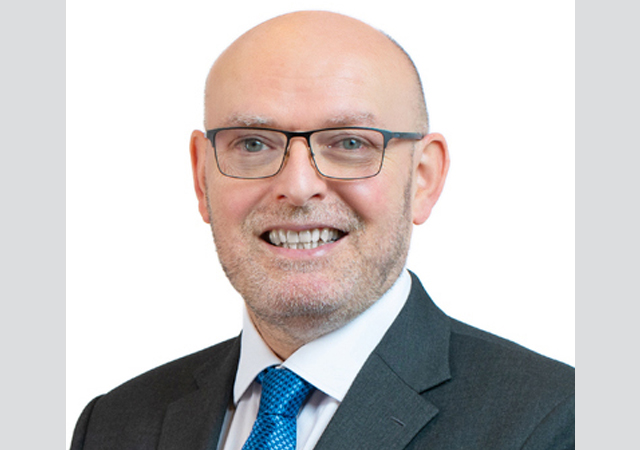
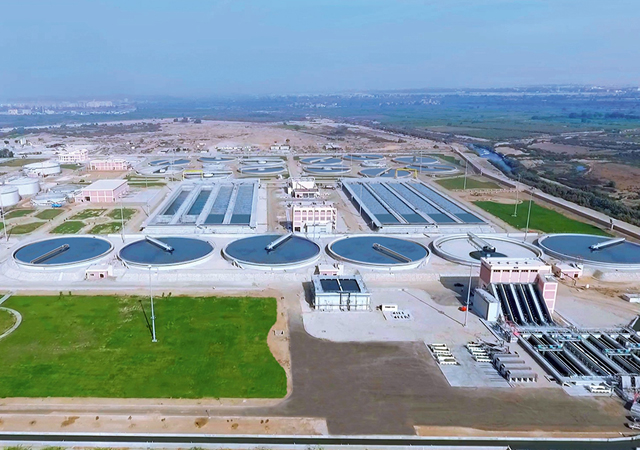

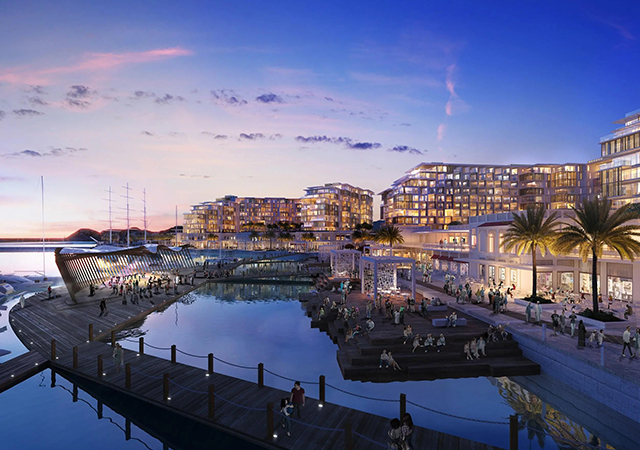

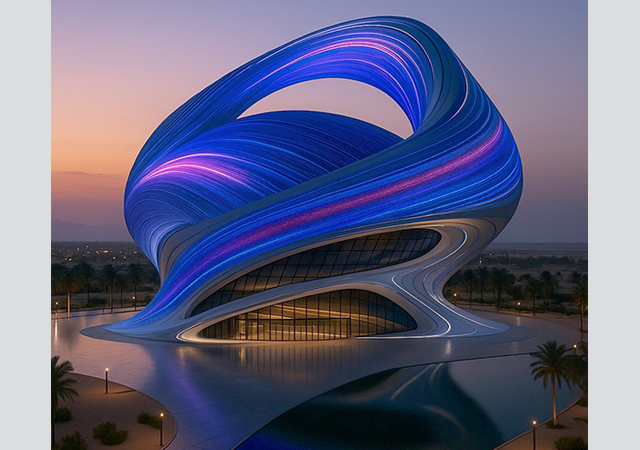
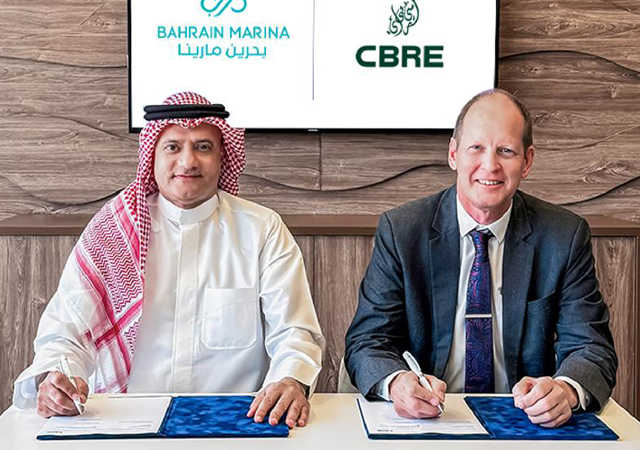
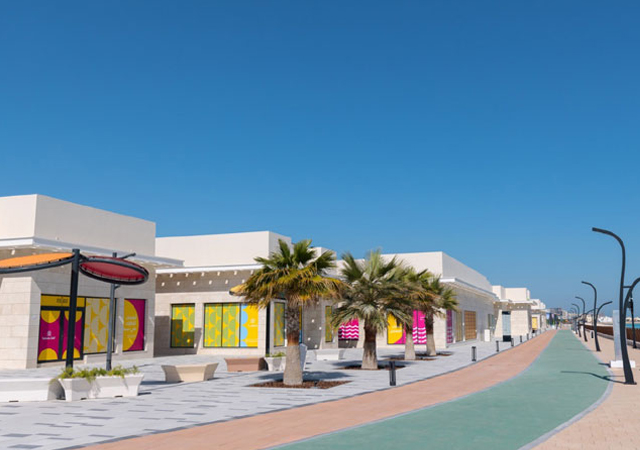
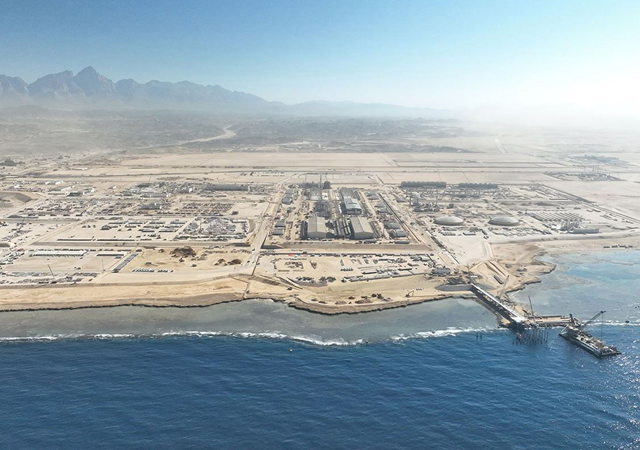
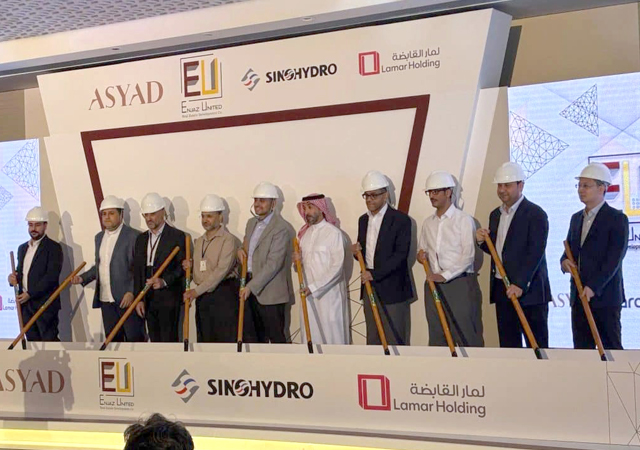
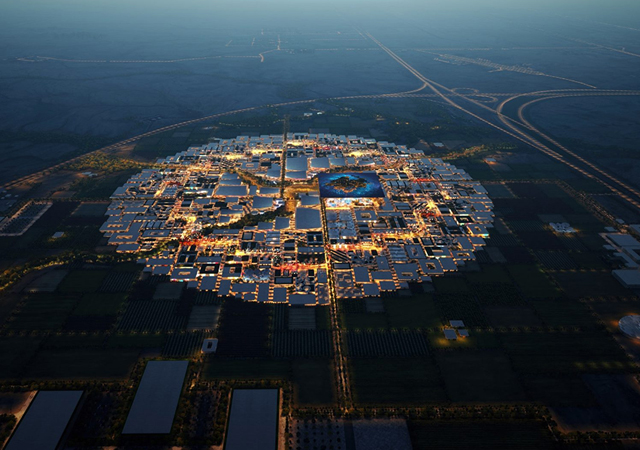
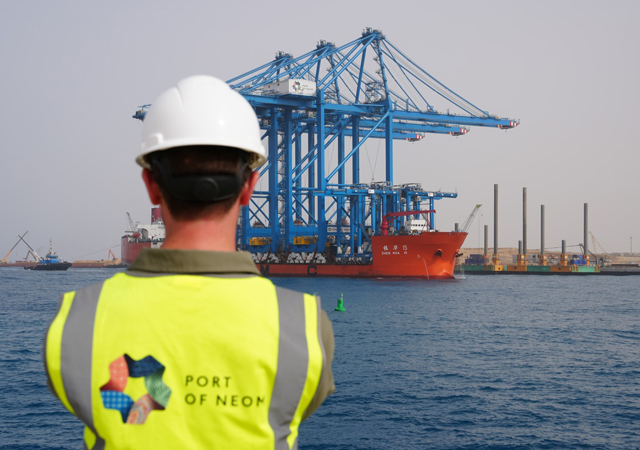
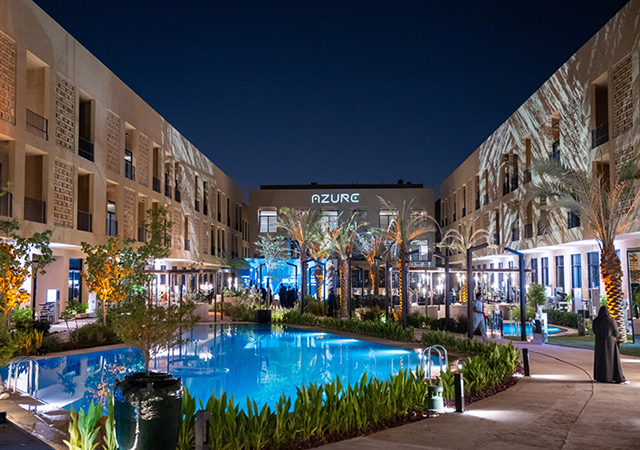
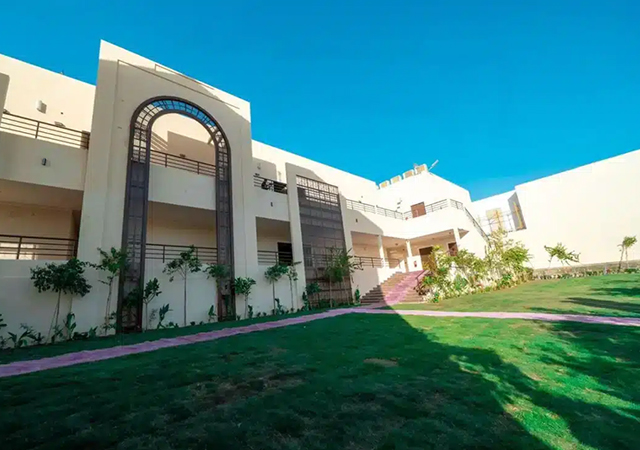
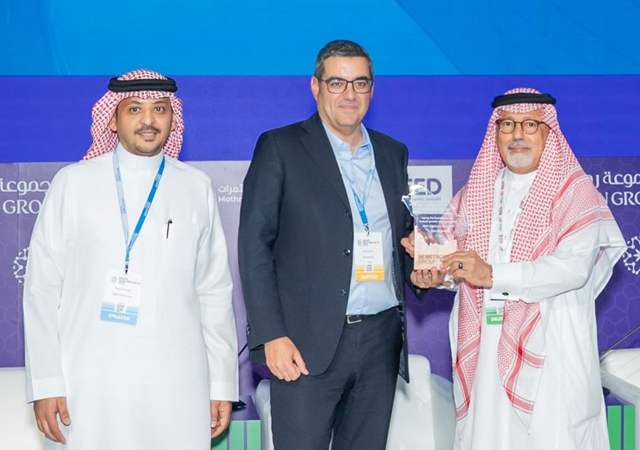
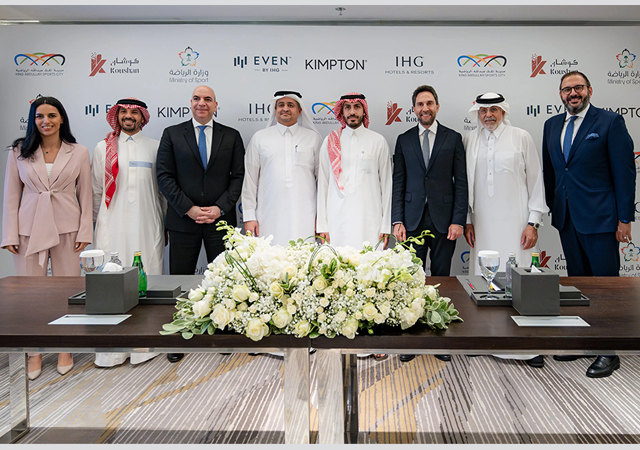
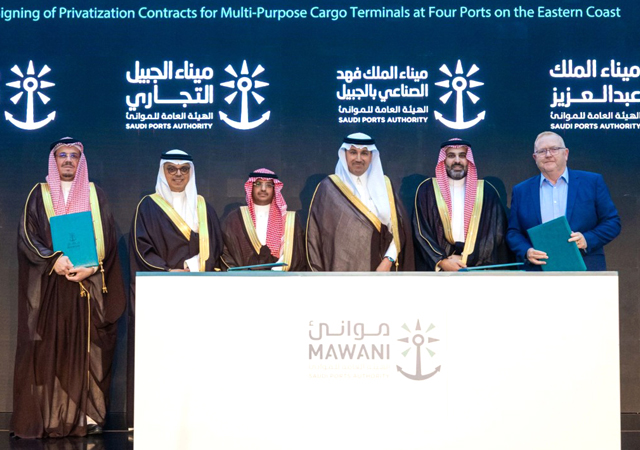
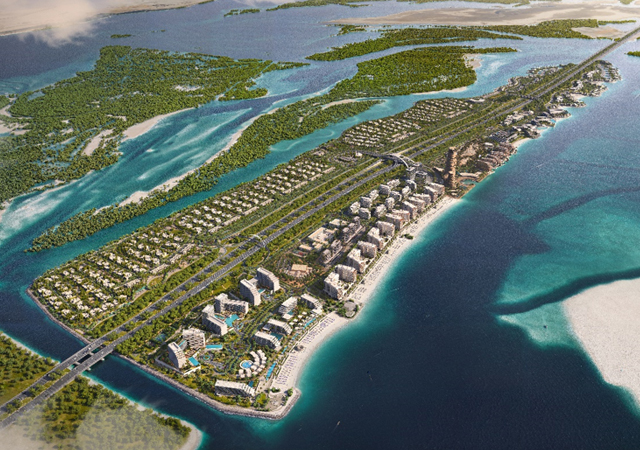

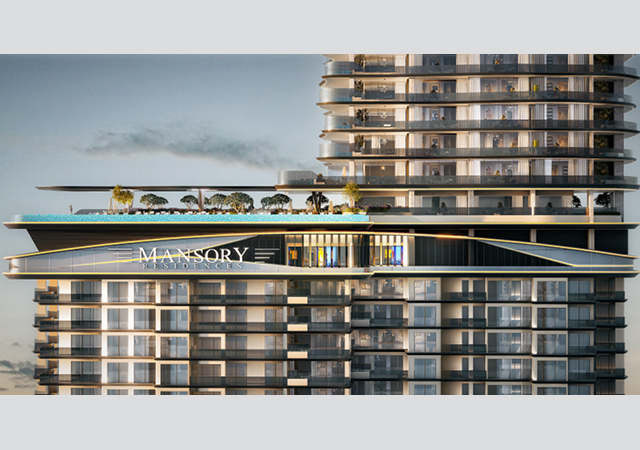
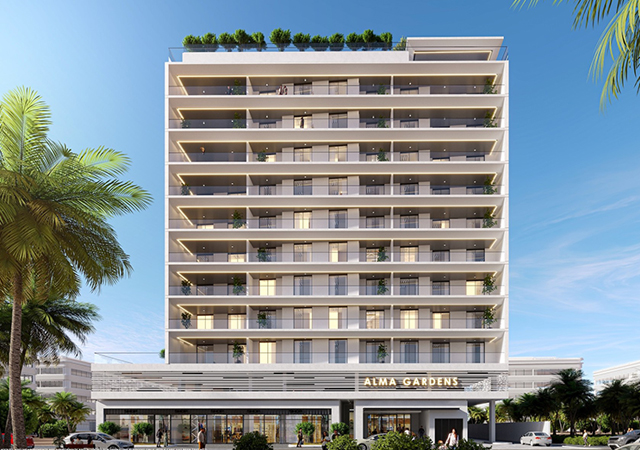

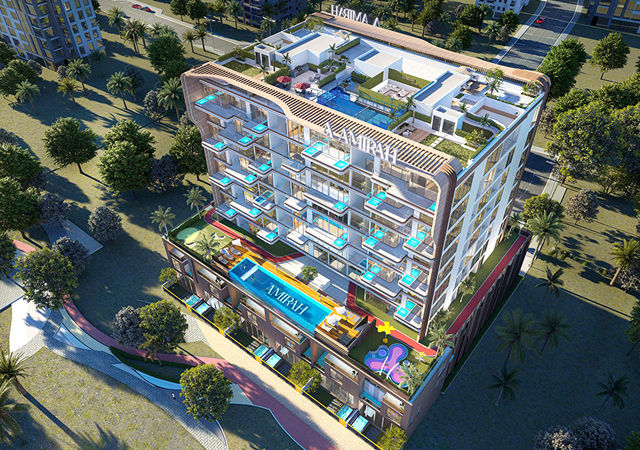

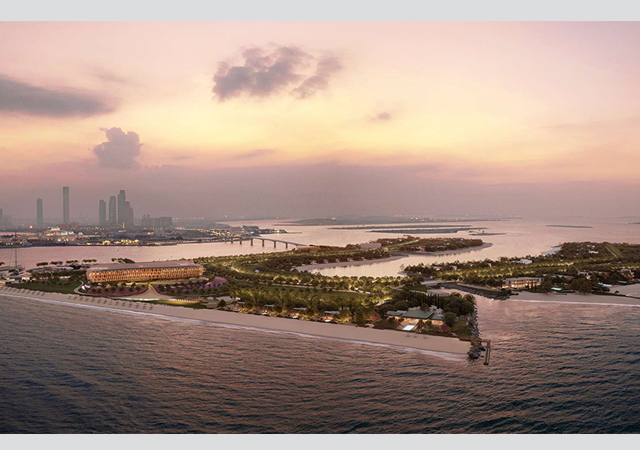
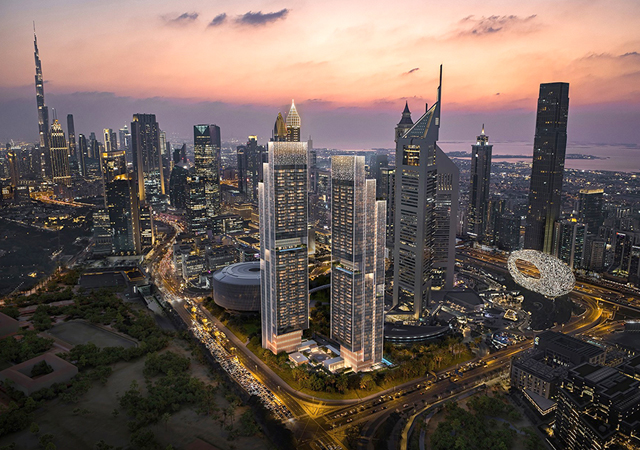
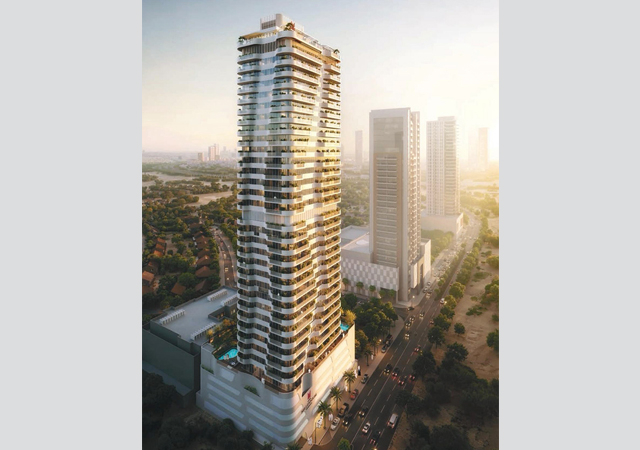

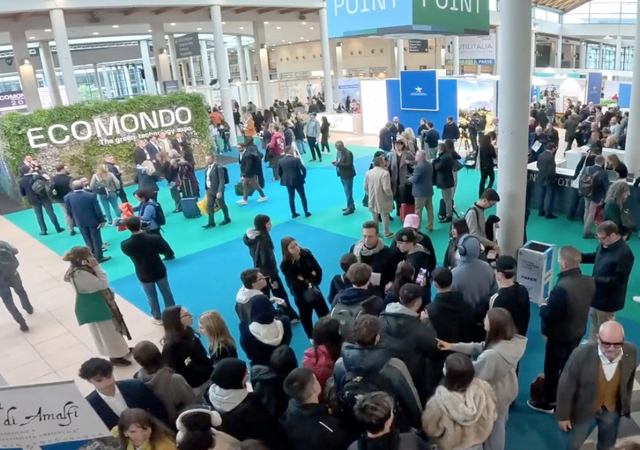
.jpg)
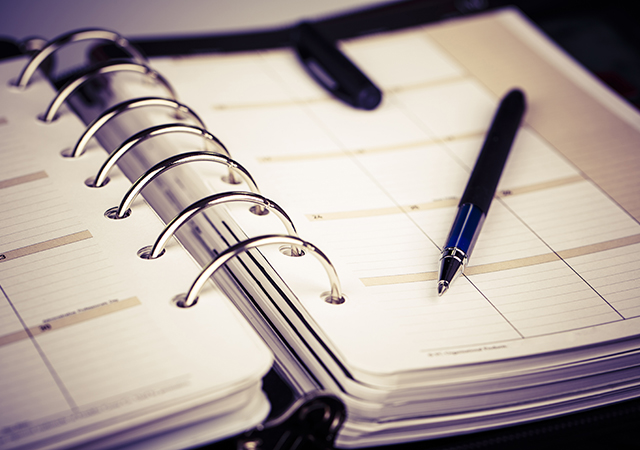
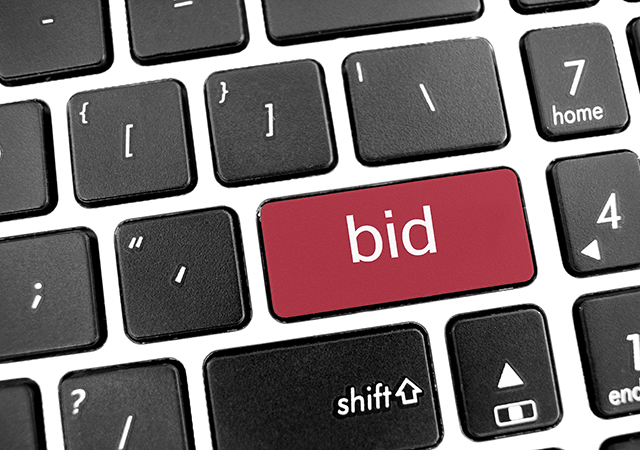






.jpg)
